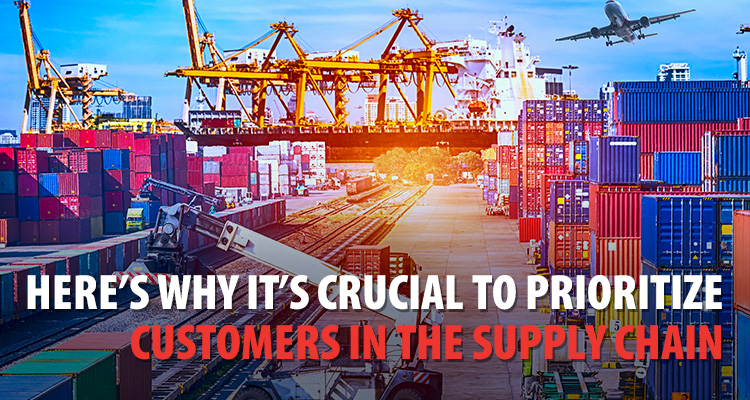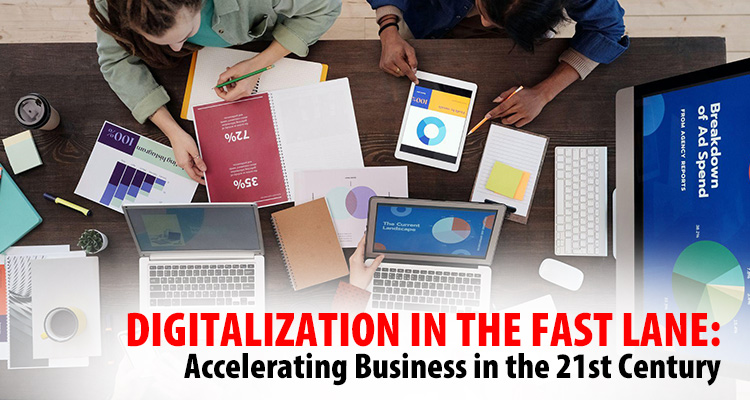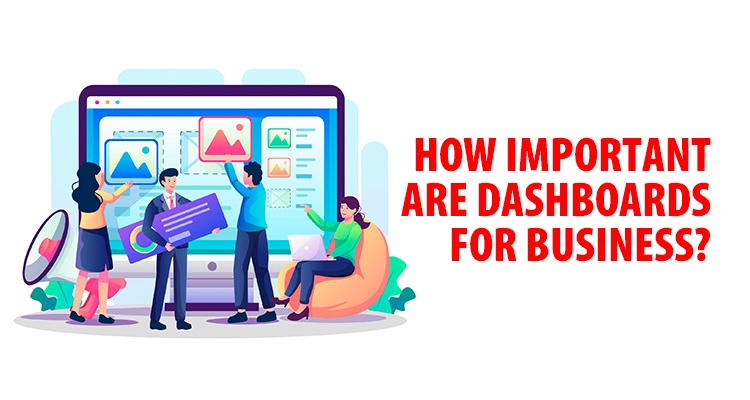Here’s why it’s crucial to prioritize customers in the supply chain

The supply chain is an industry that powers the world, and it has seen increased adoption of technology due to the effects of the COVID-19 pandemic. Be it automation, the use of robotics, or even blockchain for traceability, today, almost every organization is implementing some form of technology to ensure their business remains competitive to meet customer demands.
According to Statista, the global supply chain management market is expected to reach US$ 37.4 billion by 2027. From large vendors like SAP and Oracle to smaller focused providers in the market today, there is a myriad of supply chain management tools available.
Most large organizations recognized the potential and benefits of supply chain management. For small and medium enterprises (SMEs), many are still lagging behind, especially in understanding how supply chain management tools can help them improve their business productivity.
But it is not just to supply chain management within the organization that needs to be addressed. Companies need to look at the entire supply chain as a whole from when a product is created to the point it reaches the customer. And the only way they can do this is by making use of all the data available to them.
Blockchain provides visibility while AI and automation speed up manufacturing processes. Despite this, most businesses, especially those with legacy operations, are not looking to increase their tech adoption. Some of them just feel they have sufficient technology in producing their products and do not look beyond that. And this is where businesses can end up with problems of oversupply or a mismatch in products.
Emphasizing consumers and the supply chain
For Wayne Goodall, Vice President for Oracle Cloud Applications Development, JAPAC at Oracle, the use of supply chain management tools is very demand-driven post-COVID-19. Businesses are now focusing on closing the gap between themselves and consumers, which is only possible by emphasizing consumers on the supply chain. This is where getting goods to consumers on time to meet their demands is prioritized.
“Depending on the industry, some businesses are open to consuming innovation while some are still not. Most legacy industries and companies are not looking too much tech adoption, compared to modern industries that understand the use of technologies even before the pandemic,” said Wayne.
For example, eCommerce companies were already leveraging supply chain tools way before the pandemic. While the pandemic saw a surge in eCommerce services, they were able to adapt quickly and ensure their supply chain was not disrupted. These businesses, including fintech and some manufacturers, are aware of how technology can improve their businesses, make cost savings, and have sufficient insights for decision making.
On the other hand, a traditional business that has been successful in using the same supply chain processes before the pandemic soon found themselves unable to cope with the rapid change around them.
“In the past, the drive for the supply chain has always been the cost in manufacturing. Businesses were always finding ways to reduce costs, but now, it’s not good to get the cost down if you cant get the product to the customer. We have to look at ways to connect and deliver. It’s happening across the world, not just in Asia,” explained Wayne.
Citing Australia as an example, the country is mainly connected apart from a few regions in the north. These areas require specific device-driven infrastructures, and businesses are looking at how they can use logistic technologies here to manage these areas.
Waking up to reality
More industries are now waking up and realizing the importance of perfecting the supply chain. With innovation happening every corner, Wayne believes companies need to be nimble enough to adapt to change and use it as a business driver. Be it via Oracle or any other provider, failure to realize this will only lead to a slow demise.
“We have all heard the phrase call, walk and run. There are definitely things they need to wake up to. AI, machine learning, IoT are key technologies. But it also depends on what state they are in. We can easily tell an organization how to implement new tech. But the only successful organizations are the ones that are willing to change.”
“A connected business cycle is critical for organizations. Companies need to understand their business processes. If they are not in the same system, it’s not ideal. Business operations should be seamless and go through touchpoints easily. Using emerging tech functions such as AI, IoT, blockchain with analytics for visualizing, businesses can now make strategic decisions. However, they need to do this in the capacity of not only their data but third-party data as well,” added Wayne.
With AI and ML being embedded everywhere, organizations need to have the ability to consume insights that are being delivered and make use of it. They need to look beyond the pandemic and see how they can improve the service now.
Article source: Techwire Asia, Here’s why it’s crucial to prioritize customers in the supply chain






